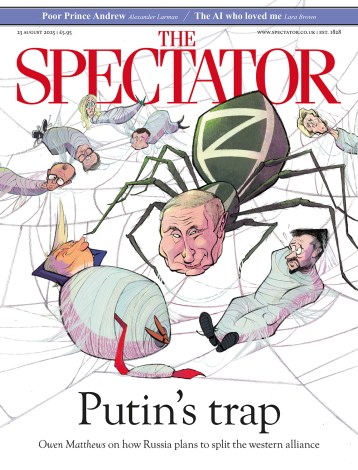Bible story
Be still, at last, you clamouring brainboxes. Those who long for more highbrow drama in the West End can thank God for David Edgar’s Written on the Heart. Commissioned by the RSC, this celebratory play tells the story of the King James Bible, which was first published in 1612. Making scripture accessible to the masses represented a huge moral and cultural upheaval. In 1536 William Tyndale had been executed in Flanders for translating the Bible into English, but just eight decades later the king himself ordered a new vernacular version and showered the translators with rewards. Edgar is no slouch when it comes to taking on lumpish, glutinous topics and












